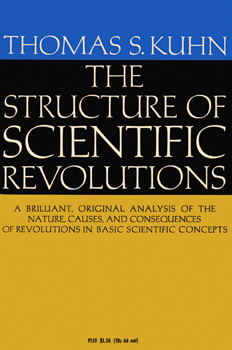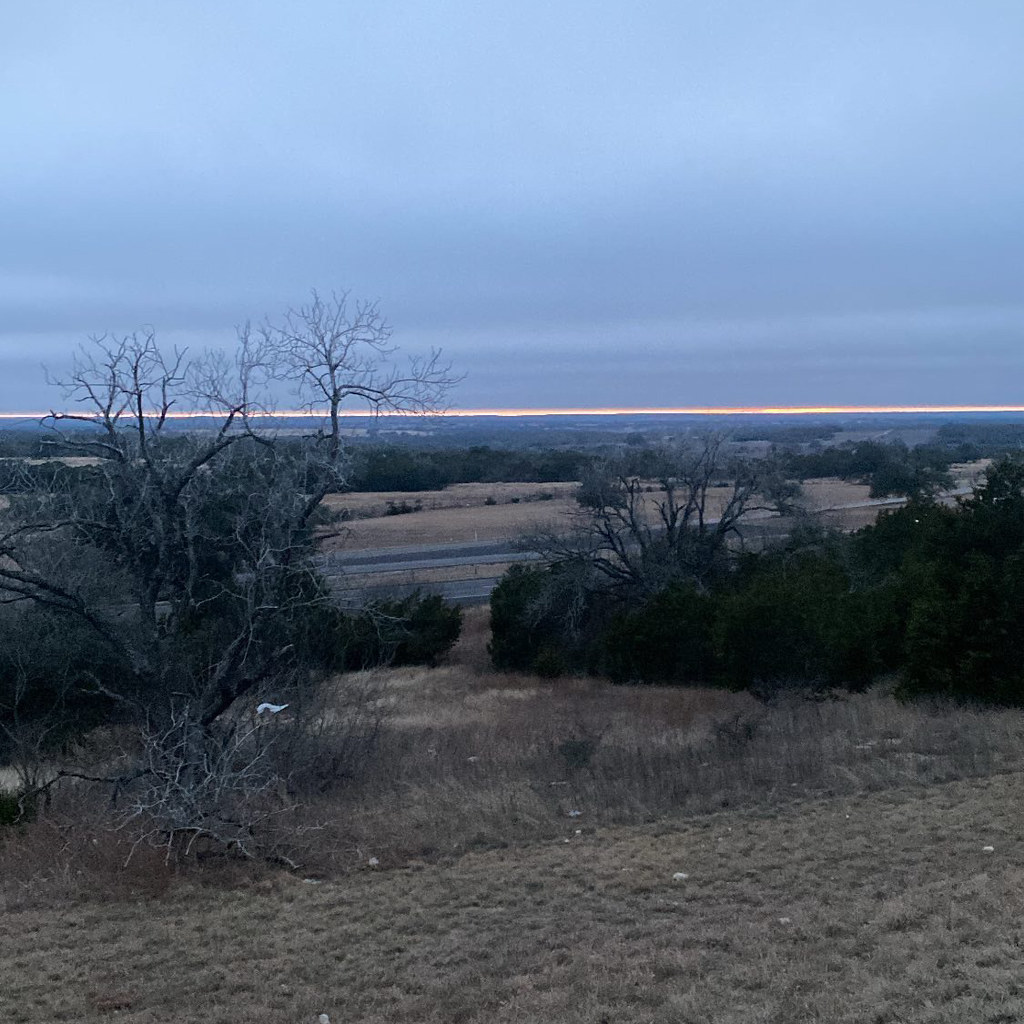The first thing you notice is the anxiety, the growing frustration of small bits not quite fitting together like they should, an unease that what was taught to you is not entirely true.
Overall though, everything runs pretty well these days. Once, everything was possible, with different people trying wildly different experiments. Over time, however, we all converged on what is now known as The Way.
So for us here, today, our lot is to work out all out all the messy little details and edge cases. Specialists communicating with other specialists.
![]()
But then someone discovers something new. The discovery itself is attributed to a single person, but this is rarely true.
Discovery is a process. It builds on the observations of many people. But the spark itself can not be just built up through the analysis of existing facts alone. Someone, or perhaps several people in different locations, has a flash, an intuition about the way something works. Often it is born from observing some anomaly.
The discovery itself may at first seem laughably small, but it will soon tear the whole community asunder, people taking sides over this new thing is the Way Forward or not. It cannot be fit into the old way of doing things, and everything that is already known must be reevaluated with how it fits into this new discovery.In communities both small and large, a discovery comes along that doesn’t fit in with everything else the experts know. It doesn't fit with the fundamentals. And plank by plank, the older belief system will be torn up and replaced by planks of a new foundation.
Old data has to be reinterpreted by this new perspective. New instruments must be created to observe new forms of data, and even the old instruments can reveal new information. The world, to the observer, has been changed.
Those taking up for the new way are younger. They have less experience with the old ways, and less investment too. The older champions of the previous thing will either quietly convert. Or eventually die out. And the new way will come to see more normal, providing more answers than the old way, in how life works.
After awhile, the work behind these revolutions is all but forgotten. The work of previous generations is written into the dominant narrative as preparation for the groups of facts that we now know. History implies inevitability, the revolution is downplayed, in order for us to simplify our current set of beliefs.
![]()

In the realm of science, philosopher Thomas Kuhn, in his book "The Structure of Scientific Revolutions," defined a revolution as "those non-cumulative developmental episodes, in which an older paradigm is replaced, in whole or in part, by an incompatible newer one.”
In the history of science, these major shifts have happened with electricity, chemical engineering and with our understanding of how the universe works.
“After Copernicus, astronomers lived in a different world," Kuhn wrote.
Italian scientist Galileo Galilei saw the swinging motion of a chandelier and wondered about the underlying laws forces propelling the motion. This led to the concept of the pendulum, which proved to be useful in timekeeping. Later, John Dalton's Atomic Theory gave chemists an easy path to mathematically explain compounds in terms of their basic elements. In the early 16th century, astronomers realized their theories weren’t explaining everything. This was just before Copernicus rejected the then-dominant theories of Ptolemy.
The old theories can be shown as flat-out wrong. But more often, they are seen as subsets of the new ideas. Technically speaking, Newtonian theory is wrong in light of Einstein’s later postulation of relativity. Few believe that these days however. Instead, today it is seen as a special subset of Einsteinian relativity, using only the tools and the theories from Newton's time.
“Later scientific theories are better than earlier ones for solving puzzles, in often quite different environments to which they are applied," Kuhn wrote.
Tacit knowledge which is learned by doing science, rather than learning rules about doing science. In this way “Nature and words are learned together,” Kuhn wrote. “Interpretation begins where perception ends.”
But interpretation requires prior experience and training. And so there is a social element to the progress of science as well, “the manner in which a particular set of shared values interacts with the particular experiences shared by a community of specialists,” Kuhn noted.
Science aims to “bring theory and fact into closer agreement,” Kuhn writes. It is a competition of facts to see which ones best fit the theories.
This unrelenting way of looking forward is necessary, however. "A science that hesitates to forget its founders is lost," Alfred North Whitehead once said.
![]()
Quotes and Notes
“The new theory implies a change in the rules governing the prior practice of normal science.”
“A new theory, however special its range of application, is seldom or never, just an increment to what is already known. Its assimilation requires a reconstruction of prior theory, and a reevaluation of prior fact.” i.e. the arrival of Oxygen or Xrays required “reevaluated traditional experimental procedures, altered its conception of entities with which it has long been familiar, and in the process, shifted the network of theory trough which it deals with the world.”
“The results gained in normal research are significant because they add to the scope and precision with which the paradigm can be applied.”
“When scientists disagree about whether the fundamental problems of their fields have been solved, the search for rules gains a function that it does not ordinary possess.” When paradigms are secured, they do not need to be debated.
“Normal science does not aim at novelties of fact or theory, and when successful finds none. New and unsuspected phenomena are repeatedly uncovered by scientific research.”
“We so readily assume that discovering, like seeing or touching, should be unequivocally
attributed to an individual, and to a moment of time.” Both are rarely true.
What Lavoisier had “was not so much the discovery of oxygen as the oxygen theory of combustion.”
Science aims to “bring theory and fact into closer agreement.”
An anomaly comes to seem to be more than just another puzzle of normal science. The transition to crisis, and to extraordinary science, has begun.”
“All crises begin with a blurring of a paradigm, and a consequent loosening of the rules for normal research.”
The process of switching over is …“handling the same bundle of data as before, but placing them in a new system of relations with one another, by giving them a different framework.”
“Almost always, the men who achieved these fundamental inventions of a new paradigm have been either very young, or very new to the field” … they were “being little committed to prior practice to the traditional rules of normal science.”
“In both political and scientific development, the sense of malfunction that can lead to crisis is prerequisite to revolution.”
“Each group uses its own paradigm to argue in that paradigm’s defense.”
“Cumulative acquisition of unanticipated novelties proves to be an almost non-existent exception to scientific development.”
“Too many of the older histories of science, refer to only to that part of the work of past scientists that can easily be viewed as contributions to the statement and solution of the paradigm’s problems. Partly by selection and partly by distortion, the scientists of earlier ages are implicitly represented as having worked upon the same set of fixed problems.”

